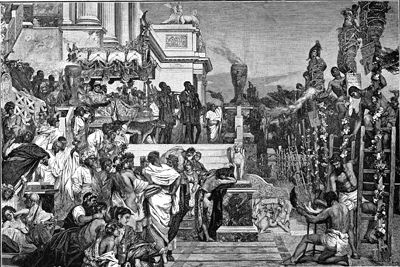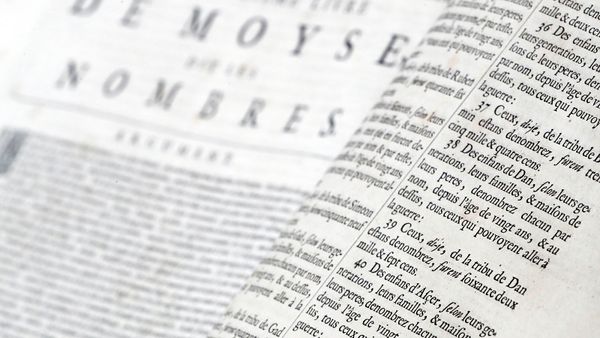
Would you buy a used car with a license plate ending in 666? Or take a job at an office tower in New York City with the address 666 Fifth Avenue? After all, 666 is the infamous "number of the beast," allegedly Satan's secret code for evil.
The Bible's Book of Revelation 13:18 reads:
Advertisement
"Here is wisdom. Let him who has understanding calculate the number of the beast, for the number is that of a man; and his number is 666."
From that Bible prophecy, it sure sounds like 666 is Lucifer's lucky number. But when you dig deeper into the Bible and its historical context, there's evidence that the author of Revelation was using numbers to send his early Christian readers a coded message.
Advertisement


